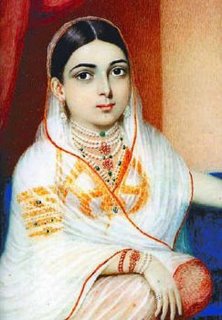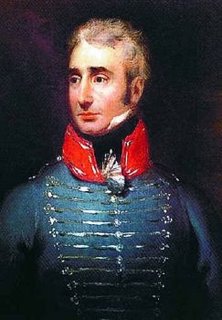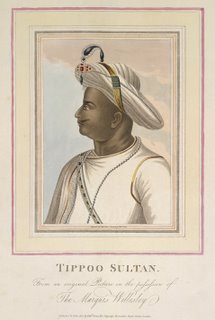
Borrowed from fairy tales, known as the HEA in romance–does it always work? Do you appreciate the book that ends like a slow fade on camera, moving away from h/h? Or do you prefer the full monty of explanations, apologies, tears, laughter, the whole package of loose ends and subplots tied up with a pretty ribbon , followed by an epilogue where h/h are surrounded by babies and all’s well with the world? I have to admit I can’t write endings worth a darn. I write and rewrite the last few lines, then shrug and type in The End, and put myself out of my misery (several nights in a row for a week or so).
Here’s a technique for The End which I’m rather fond of: Black Ice by Anne Stuart, where you realize the heroine is indeed going to take up with that thrillingly scruffy French psychopath. All in one sentence. Any/all of Judith Ivory’s thrilling throwaway one-sentence enders–yes, I rather like the sensation of leaping off a cliff, particularly if h/h have spent the entire book jumping off minor cliffs and are now going for the Big One, the Commitment–marriage, the final frontier. I don’t want cosiness and domesticity and the patter of tiny feet. Let the dysfunctionality thrive beyond the endpages!
Some readers got very upset about the end of Jennifer Crusie’s Bet Me where the h/h married but had a dog instead of children. It was seen as breaking the rules in some strange sort of way; even stranger is that Ms. Crusie claims she wrote it that way because the book is a fairy tale (lost shoes! Princesses in towers! Yes, the elements are all there). I think the only sort of dog that appears in a fairy tale would be a magic one, with eyes that roll round and round, for instance, and guards treasure. Well, maybe there was more to the dog than we knew.
Share your favorite endings–without giving away the plot, if you can.
Janet
















